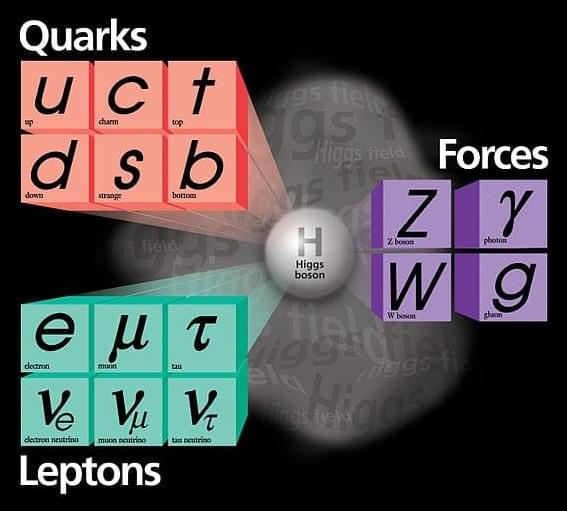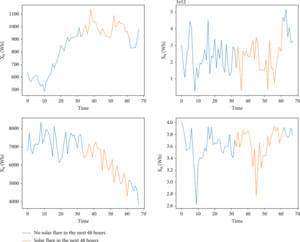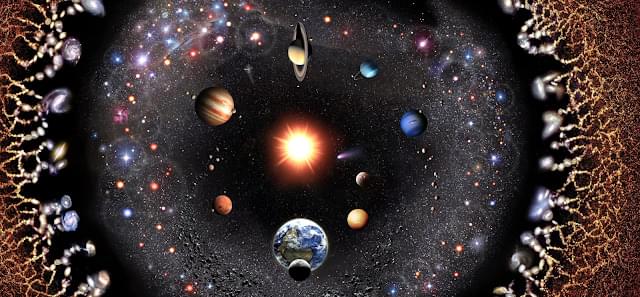A new laser filling a technology gap between infrared and microwave lasers could help identify and locate water sources on the Moon.





Darwin has clearly been a guiding presence in Calvo’s attempt to open up a new frontier in science: “He learned to think differently and clearly outside the frameworks in which most of his contemporaries happily confined themselves.” The result of his confinement with the cucumbers was a 118-page monograph on The Movements and Habits of Climbing Plants. Darwin realised before anyone else that these movements were in fact “behaviour”, comparable to that of animals. And observing behaviour is the route to understanding intelligence. In plants, it reveals a range of faculties “from learning and memory to competitive, risk-sensitive behaviours, and even numerical abilities”.
In the course of his book, Calvo describes many experiments that reveal plants’ remarkable range, including the way they communicate with others nearby using “chemical talk”, a language encoded in about 1,700 volatile organic compounds. He also shows how, like animals, they can be anaesthetised. In lectures, he places a Venus flytrap under a glass bell jar with a cotton pad soaked in anaesthetic. After an hour the plant no longer responds to touch by closing its traps. Tests show the plant’s electrical activity has stopped. It is effectively asleep, just as a cat would be. He also notes that the process of germination in seeds can be halted under anaesthetic. If plants can be put to sleep, does that imply they also have a waking state? Calvo thinks it does, for he argues that plants are not just “photosynthetic machines” and that it’s quite possible that they have an individual experience of the world: “They may be aware.”
Other studies show that some plants retain a memory of where the sun will rise, in order to turn their leaves towards the first rays. They store this knowledge – an internal model of what the sun is going to do – for several days, even when kept in total darkness. The conclusion must be that they constantly collect information, processing and retaining it in order to “make predictions, learn, and even plan ahead”.


What are the most fundamental structures of the Universe?
In this article, we’ll explore the mysteries that scientists have been scratching their heads about for hundreds of years. Mysteries that have only partly been resolved and that lead us towards understanding the fundamental structures of Nature. Mysteries that turned out to be so bizarre that it took more than a hundred years to appreciate the true power of this amazing theory.
The hunt for simplicity has been going on for centuries, but where are we now? What is our best bet at how Nature really works and what do we still not understand?

The system uses neural networks to predict solar storms up to 48 hours in advance.
A multi-institutional research group based out of China has put together an “early warning” system that could aid in the accurate prediction of space weather, a press release said.
Every 11 years or so, the magnetic field of the Sun flips completely so that its north pole becomes south, while the south pole becomes north. The changes in the magnetic field of the Sun lead to visible changes on the solar surface, where regions of intense magnetic activity temporarily stop the convection process.
The drop in temperature of that region can be observed by telescopes on Earth as they appear darker than the rest of the solar surface and hence are called sunspots. At times, sunspots end up giving out giant eruptions of energy and material, which are called solar flare and coronal mass ejections (CMEs), respectively.

It’s part of a wider project aimed at investigating dangerous solar eruptions.
China is building the world’s largest array of telescopes designed to study the Sun, a report from the South China Morning Post.
The array, called the Daocheng Solar Radio Telescope (DSRT), will help scientists better understand coronal mass ejections — massive solar eruptions that have the potential to knock out the world’s internet and disrupt global satellite services.
Work on what will be the world’s largest circular array for solar radio imaging is expected to be finished by the end of the year, supervisor says.

